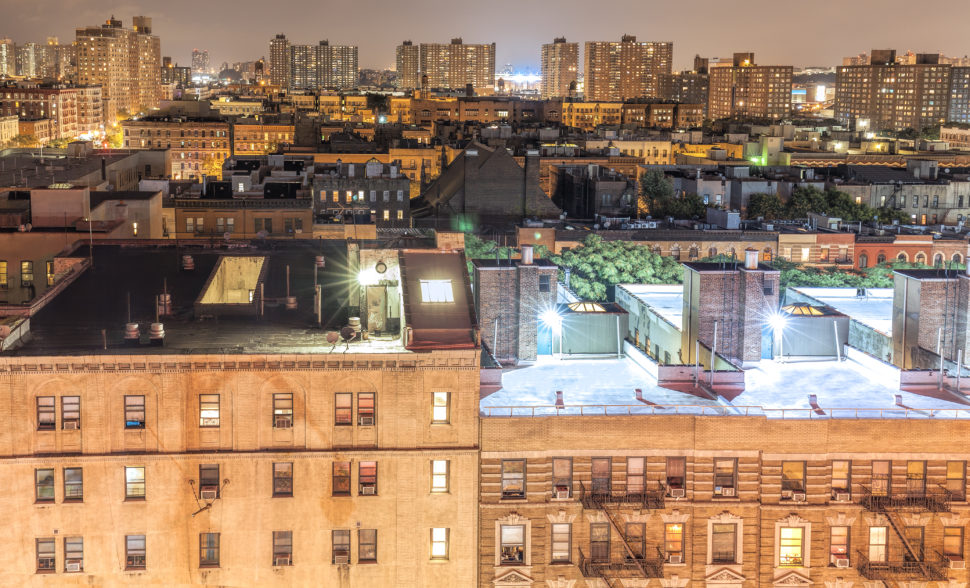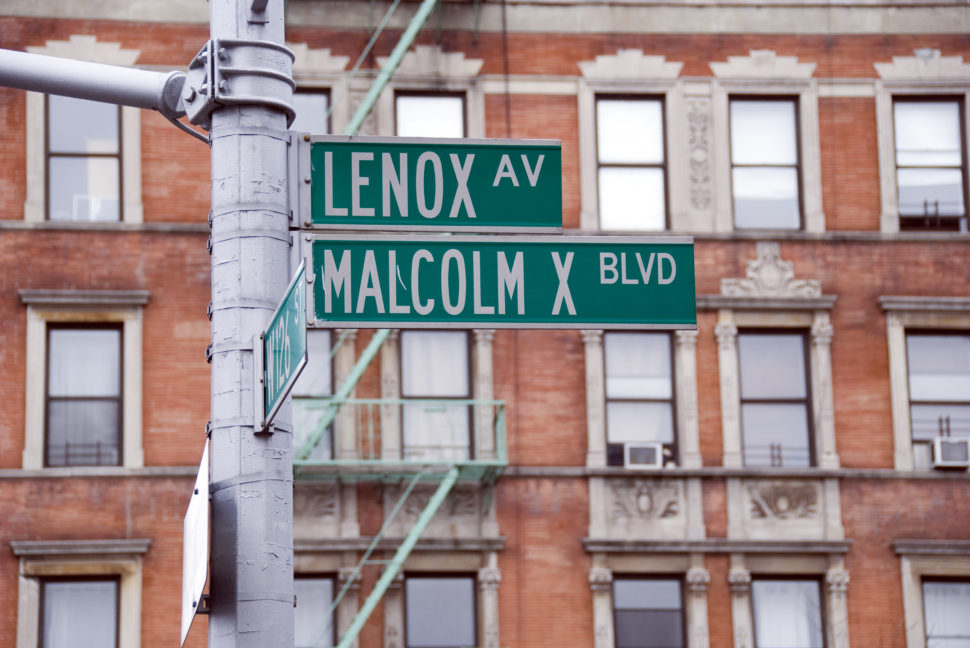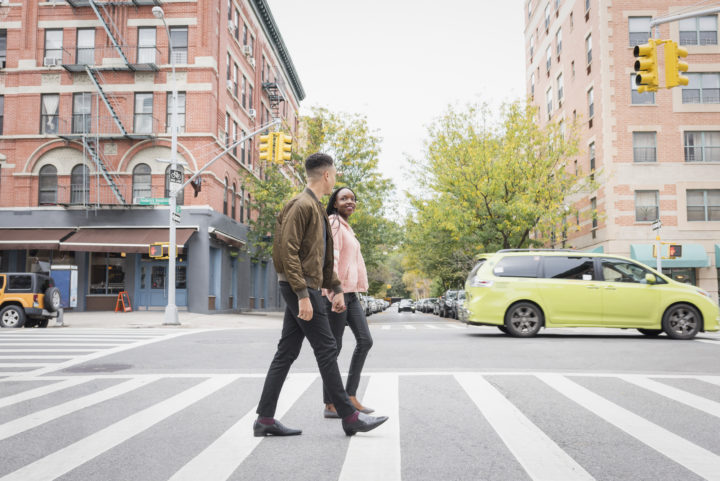Emmanuel Smith has lived in the Bronx, one of New York’s boroughs, for his entire life.
Like many New Yorkers, “I don’t travel outside of my neighborhood if I don’t have to,” he said jokingly. “I spend most of my time in the Bronx because everything I need is here. I mean, it’s home.”
But there is one exception to Emmanuel’s rule of not venturing off into other neighborhoods: He frequently visits upper Manhattan, specifically, an area known as Harlem.
“For me, it’s where you find some of the best food and of course, black culture.”
Black Culture In Harlem
When it comes to black culture and discussing which borough is home to [arguably] some of the greats, Emmanuel said of course there’s some friendly rivalry.
“In Brooklyn, residents claim Notorious B.I.G and JAY-Z, and then putting on for Queens is RUN DMC, Nas, and L.L. Cool J,” he said.
And despite the disagreement in opinions, Emmanuel said one thing almost all New Yorkers can agree on is that Manhattan has birthed the most legends, thanks to the brave women and men who decided to stand up and create their own narratives through the Harlem Renaissance.

The Impacts Of The Harlem Renaissance
“The New Negro Movement,” which can be considered to be the years 1917 through 1935, was considered a golden era for black artists who decided to take a stand against the minstrel shows and caricatures that portrayed negative stereotypes of black people.
Harlem became the cultural mecca for black artists, poets, and writers to flee oppression from the south and develop their talents.
The legacy left behind from African-American artists including Josephine Baker, Aaron Douglas, Augusta Savage, Langston Hughes, and Zora Neale Hurston, not only provided the opportunity for African-Americans to be seen in a different light, but their artistic expression created new economic opportunities for blacks.
Brooklyn-native JAY-Z said it himself in his song Pray: “The Harlem Renaissance birthed black businesses.”
Related Post: How To Spend A Day In Black-Owned In New York
Archives in the Library of Congress revealed that African-American publications such as The Messenger were founded in 1917 and featured advertisements for African-American-owned businesses. The back covers of many of its issues featured full-page advertisements for entrepreneur Madam C. J. Walker’s hair-and skin-care products.
In addition to a rise in economic opportunities for blacks during the Harlem Renaissance era, the black population in Harlem also increased from 10 percent in 1910 to more than 60 percent in the 1930s.
However, the black population in many other historically black neighborhoods in major cities across the United States is changing, and a lot of that change has to do with gentrification.
Related Post: What Does It Really MeanTo Be ‘Black American?’

Gentrification In Harlem
Harlem’s black population has hit a record low since the 1920s.
As reported in the Gothamist, 41 percent of Harlem’s population identify as black compared to 64 percent in the 1960s.
An analysis done by Urban Research shows the overall white population grew by 58,000 people between 2000 and 2010. In contrast, the black and Latino populations declined by 29,000 and 14,000, respectively.
The largest loss of blacks occurred in Central Harlem North where an estimated 5,450 residents moved away; and in Central Harlem South where an estimated 4,090 moved away, according to the research.
In an op-ed piece written by longtime resident and author Michael Henry Adams, in the New York Times, he stated “to us, our Harlem is being remade, upgraded and transformed, just for them, for wealthier white people.”
What Does It Means To Be Black In Harlem?
For longtime residents, like Adams, being black in Harlem means that you’re on the brink of becoming a stranger in your own home.
Adams described in detail the changes to the community he has lived in for decades with new “fusion restaurants” and the “need” for places like Whole Foods in the community.
“When we friends gather at a restaurant like Cheri for a convivial romp hosted by the owner, Alain, or on a Friday, at the Rooster, presided over by the D.J. Stormin Norman, we are every color, every race, every age, identity and class. In the moment, laughing, drinking and dancing together, it seems marvelous. This Harlem, this is what New York is supposed to look like, to be like. Only, most of us know that our fun times together are doomed.”
For Ashley Jae, a Miami transplant who just recently relocated to Harlem, she said it was clear upon arrival that blacks made and continue to make significant cultures to the community.
“The street names are named after famous African Americans and that is something I have never seen before,” she stated. “You have Malcom X Boulevard and Frederick Douglas Boulevard, for example. Where I’m from, you don’t see that many black names as street signs.”

And for longtime New Yorker and all-things Bronx connoisseur Emmanuel, Harlem will continue to be his first choice for supporting black-owned businesses and entertainment.
“Harlem is still and will remain the epicenter for black culture,” he stated confidentially.
